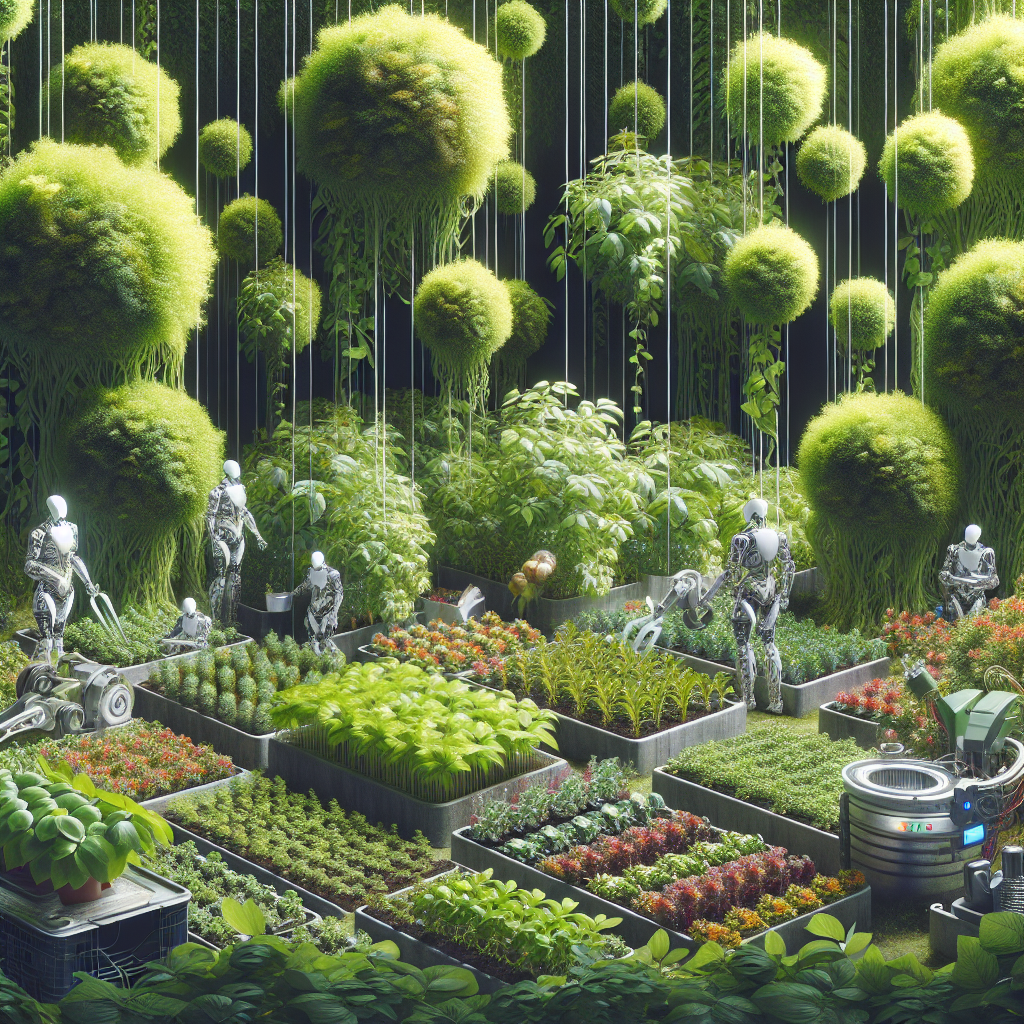A Comprehensive Guide to Biointensive Gardening
October 14, 2024 at 6:52:52 AM
Explore the principles and techniques of biointensive gardening, a sustainable method focused on maximizing crop yields while minimizing resource use. This guide covers soil preparation, planting methods, watering strategies, pest management, crop rotation, harvesting practices, and soil rejuvenation. Discover the benefits of biointensive gardening for sustainable food production.
Introduction to Biointensive Gardening
Biointensive gardening is a method that focuses on maximizing crop yields while minimizing the use of resources. It integrates principles of sustainable agriculture, biodiversity, and soil health to create a productive and self-sufficient system. According to John Jeavons, a pioneer in biointensive gardening, "Biointensive farming offers a productive, environmentally friendly way to grow food while building soil fertility."
Soil Preparation and Maintenance
Successful biointensive gardening starts with soil preparation. Double-digging, a technique that involves loosening and aerating the soil to a depth of up to 24 inches, promotes root growth and nutrient absorption. Composting is utilized to enrich the soil with organic matter, and techniques such as sheet mulching and vermicomposting contribute to soil fertility enhancement.
Planting Methods
Biointensive gardening employs planting methods like hexagonal spacing, which optimizes space utilization and promotes efficient nutrient uptake. Companion planting, based on the mutually beneficial relationships between plant species, enhances biodiversity and pest control. Selecting and saving seeds from healthy plants ensures the continuation of desirable traits in future crops.
Watering Strategies and Irrigation
Efficient water management is essential in biointensive gardening. Drip irrigation systems deliver water directly to the roots, reducing wastage and promoting plant growth. Mulching and adjusting watering frequency based on plant needs further conserve water. Rainwater harvesting methods supplement irrigation needs sustainably.
Pest and Disease Management
Biointensive gardening emphasizes natural pest and disease control methods. Integrated pest management techniques help maintain a balance between pests and beneficial insects. Biological controls, like introducing predator insects, aid in pest control without chemical intervention. Disease prevention measures, such as crop rotation and soil sanitation, minimize the risk of plant diseases.
Crop Rotation and Succession Planting
Implementing crop rotation practices in biointensive gardening optimizes soil health and minimizes nutrient depletion. Succession planting ensures continuous harvests by planting new crops as soon as others are harvested. Case studies have shown increased yields and decreased pest pressure through strategic crop rotation and succession planting.
Harvesting, Saving Seeds, and Soil Rejuvenation
Proper harvesting practices, such as picking crops at peak ripeness, maximize flavor and nutritional content. Saving seeds from productive plants ensures genetic diversity and self-sufficiency. Soil rejuvenation methods, like cover cropping and green manure, replenish nutrients and improve soil structure for future plant growth.
Conclusion
Biointensive gardening offers a sustainable and productive approach to food cultivation, emphasizing soil health, biodiversity, and resource efficiency. Adopting these principles not only benefits individual gardeners but also promotes environmental stewardship. It is crucial to explore and implement biointensive gardening practices for a more sustainable future in agriculture.
Call to Action: Engage with professionals and researchers in biointensive gardening to exchange knowledge and further explore sustainable practices in food production. Let's work together towards a greener and more resilient agricultural system.
Topics




